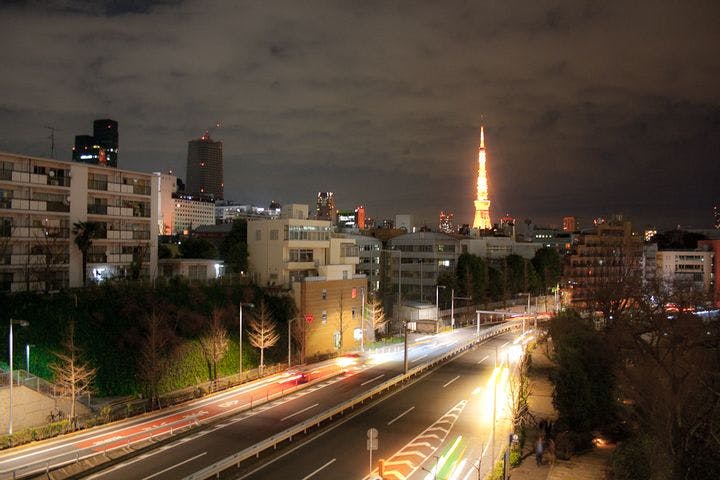Fall 2008
Paris's New Look
– The Wilson Quarterly
Like most cities, Paris's architecture is changing constantly, but there is a growing tension between the low-profile, older buildings in the city's center and the higher-rise denser construction on the périph.
Great cities don’t stay that way by standing pat, and Paris is no exception. But existing regulations limit building heights in the center of the City of Light to 82 feet, and they relax to just 121 feet near the périph, the 22-mile-long concrete beltway that, Véronique Vienne says, “chokes the 41-square-mile capital inside city limits that have been set in stone for more than 150 years.” With many of the six million people who live in the Paris metropolitan area commuting daily from homes beyond the périph, pressure has been growing on the city proper to provide more housing, and at affordable prices. The only place to go is up.
Since 2000, when architect Yves Lion proposed building 20-to-40-story towers in a no man’s land at the edge of the beltway, a building height debate has raged in the city. The most prominent figure in this debate, says Vienne, an author of many books on art and architecture, is the city’s popular mayor, Bertrand Delanoë. A “prominent Socialist and a likely candidate in the next presidential election,” Delanoë has “imposed on private developers the same time-consuming competition-and-jury review procedure foisted on public projects.” In the city center, the measure has encouraged builders to renovate and recondition older buildings rather than replace them with new ones, and the height restrictions have remained in place.
According to Vienne, there are two reasons for the Paris height restrictions, one physical, one cultural. The City of Light is “built atop a city of shadows . . . laid over a subterranean limestone quarry, its huge system of ancient tunnels weakening the ground.” But Parisians are “an unruly bunch,” and the city’s most typical architectural form is “not the mansard roofline or the Haussmann façade but the barricade.” Parisians like low structures.
Delanoë has also undertaken to “blur the line separating affluent Parisians from their often less privileged neighbors,” most of whom live beyond the périph. As part of this effort, the city is building a concrete canopy over sections of the beltway to buffer noise and reduce pollution but also to “create a series of attractive meeting grounds over the dividing line.” The mayor has also enticed prominent architects, such as Christian de Portzamparc, to design low-income housing near the city’s edge.
Many aspects of Delanoë’s vision are not popular, especially among the more affluent, Vienne says. Some sneer at innovations such as self-service citywide bike rentals and dedicated bus lanes to ease commuter congestion. Many would like to see Paris undertake buildings on a grander scale, as has become common practice in Barcelona, Berlin, and other European cities. But some local architects, such as Antoine Grumback, are “very happy that Paris is not a design museum” and that Delanoë has, for the most part, eschewed blockbuster public buildings. As long as he is mayor, the city is likely to avoid the spectacular and focus on creating a more livable urbanity, Vienne says. Delanoë “knows that living well is the most effective business incentive and the reason everyone wants to come to Paris.”
* * *
THE SOURCE: “Looming Debate” by Véronique Vienne, in Metropolis, June 2008.
Photo courtesy of Flickr/xave
